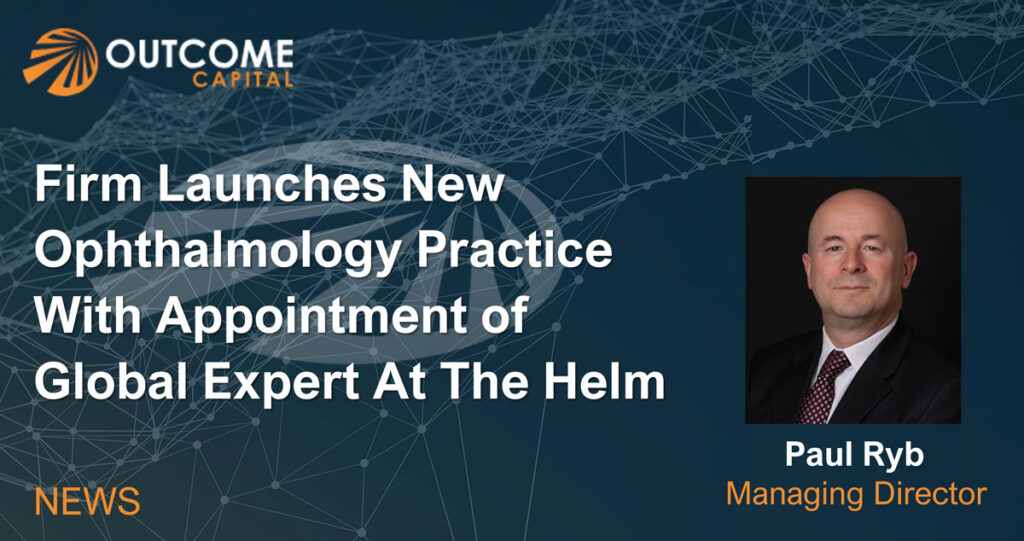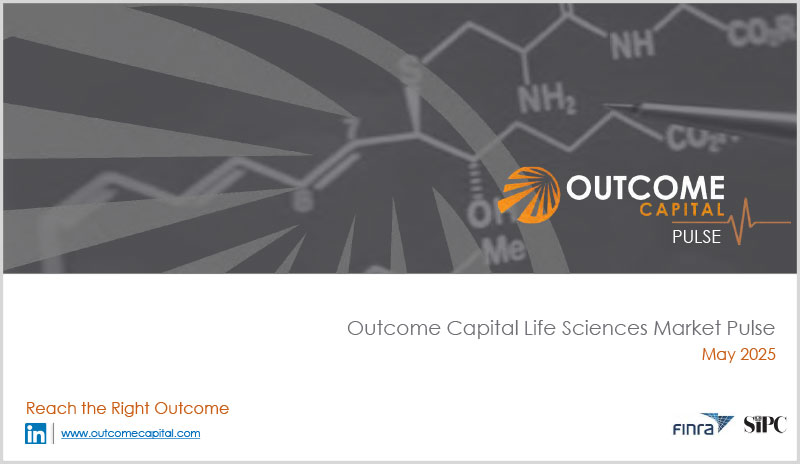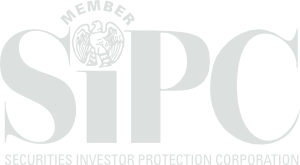Biotech 2018 IPO Mania – NASDAQ to Hong Kong

Biotech 2018 IPO Mania – NASDAQ to Hong Kong
By: Shawn Manning, PhD
Outcome Capital
The public capital markets for life science IPOs today are in a fairly unique place. In Europe, the IPO market has remained relatively flaccid, characterized by an ongoing lack of tradable volume, limited ‘pools of capital’, and continuing wariness from institutional investors who have limited knowledge of the life sciences sector and therefore little appetite for such stocks. New Europe-wide financial market regulations (the now infamous ‘MiFID-II’) carry with them the prospect of an up to 75% decline in trading commissions, and the number of smaller stocks that are likely to be covered by Europe’s (few) remaining biotechnology analysts is limited and likely to remain that way. Thus, it is perhaps unsurprising that companies and shareholders are increasingly looking across the globe, to the United States and now beyond, for IPO opportunities.
During the first seven months of 2018, NASDAQ has supported an exceptionally strong IPO environment for life science companies. Over 40 life science IPOs raised nearly $4.0bn in new funding, creating new companies with combined market capitalization of over $18.5bn. This is on par with the sector in 2015, when approximately $4.2bn was raised over the same period — NASDAQ’s best year in terms of life science IPOs. However, perhaps unsurprisingly, eyebrows have been raised at the likes of Rubius Therapeutics, which in July raised $241m, capitalizing at $1.8bn, based purely on a preclinical proposition. One hopes that H2 2018 will be as successful for fund-raising as H1. However, for those that remember the opening weeks of 2016, and the subsequent ‘free fall’ in NASDAQ life science valuations, alarm bells are perhaps beginning to sound.
Perhaps this situation explains the recent interest shown in Hong Kong as a market for life science IPOs. Just 3% (capitalization value) of the Hong Kong Stock Exchange is represented to date by ‘new economy’ companies (including life sciences) versus 60% for NASDAQ, and the market possesses only a limited number of suitably skilled analysts and corporate financiers. Despite this situation, a pipeline of new life sciences IPO candidates has recently materialized. This group includes Asclertis, BeiGene, Hua Medicine, MicuRx Pharmaceuticals, Innovent Biologics, Stealth BioTherapeutics, AOBiome Therapeutics, CanSino Biologics and others. Local advisers and brokers have lent their support (i.e. China Merchants International, Haitong, BOC International and CLSA), and we also note the presence of not insignificant deal firepower by the likes of Morgan Stanley, Goldman Sachs, JP Morgan and Jefferies. US banks are active participants in nearly 90% of potential new Hong Kong life science IPOs. The first two of these new IPOs, Ascletis Pharma (HIV, oncology and liver disease) and BeiGene (immune-oncology), were placed recently, raising $400 and $903 respectively. Ascletis priced at the middle of its range, capitalizing at $2bn, whilst BeiGene had anticipated new funds of at least $1bn.
The level of new money raised is impressive. However, post-flotation market performance is what counts longer term, particularly in light of the volatility inherent in a market such as Hong Kong’s where up to 20% of trading is represented by retail investors. Asclertis’ price remained level at the end of the first day of trading, although has subsequently fallen by 42% – a poor performance for a sector vanguard. Although not so hard hit, as one might expect of a stock with an additional NASDAQ listing, BeiGene’s Hong Kong stock price is down nearly 7% a week after it started trading.
So, what does this mean for the sector? For listed stocks, and even those with an IPO in the crosshairs, it’s a good time to raise IPO capital. However, the longer-term valuation outlook is potentially less stable should markets choose to mark down life science stock, as they often do per the markets historical and cyclical nature. For non-institutional investors that have backed life sciences from the laboratory to IPO there are rich pickings, and hopefully some of this liquidity will be reloaded into new life science funds that channel cash back into earlier-stage companies. However, perhaps the most valuable opportunity, mid- to longer-term, is for larger acquirers who are likely to emerge from the wings and take center stage should capital market valuations begin to wobble and offer attractively discounted new assets. The challenges for the CEOs of the recently listed companies will be to deliver shareholder return in a potentially tempestuous public market. It is this reality that should perhaps temper the decision between an IPO versus a trade sale, although in the current market the latter opportunity is often ignored. It will be interesting to see whether this is the case in 12, or even six months’ time.
News

Outcome Capital Launches the First Dedicated Ophthalmology Practice to Address the World’s Leading Cause of Disability
Appoints Paul Ryb Managing Director to Lead Firm’s Expansion BOSTON–(BUSINESS WIRE)–Outcome Capital, LLC, a highly specialized life sciences and healthcare advisory and investment banking firm, today announced that Paul Ryb has been appointed Managing Director and will lead the firm’s dedicated ophthalmology practice, providing strategic guidance, transactional support, and advisory services to clients in the […]
Read MoreResources

Outcome Capital Life Science Market Pulse, May 2025
Outcome Capital Life Science Market Pulse May 2025 Click to view our LifeSciences Pulse Newsletter
DownloadContact Us for More Information
Would you like to learn more about working with Outcome Capital or discuss your specific needs?


